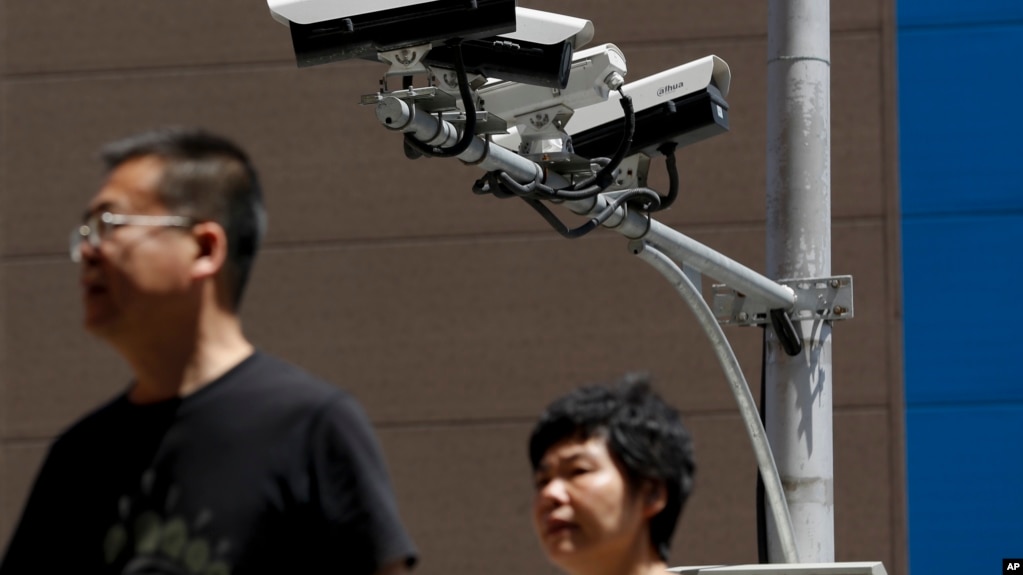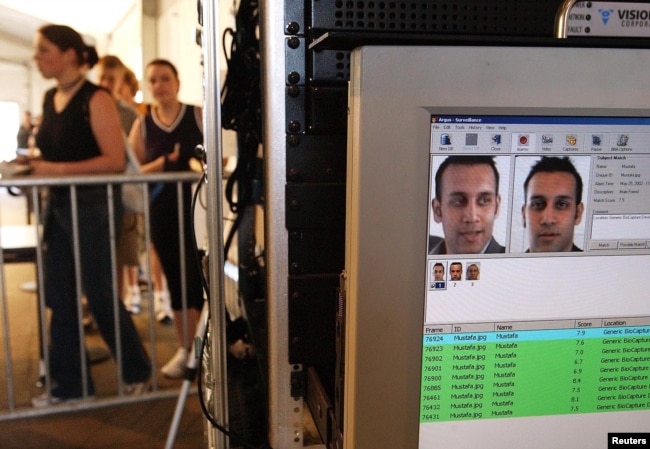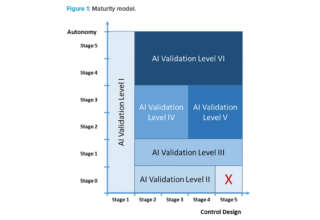
Most nations are deploying the latest identification technology to track their citizens.
That is what a recent report from the Carnegie Endowment for International Peace found. The center is based in Washington, D.C. The report, released Tuesday, said at least 75 countries are actively using facial recognition for surveillance.
Facial recognition technology uses artificial intelligence, or AI methods to identify and track individuals.
The report is called “The Global Expansion of AI Surveillance.” It created an index of countries where some form of AI surveillance is used. Countries on the index included democracies, such as the United States and France, and countries like China, Russia and Saudi Arabia.
The researchers studied public records and media reports. They found that Chinese technology companies led by Huawei and Hikvision are supplying much of the AI surveillance technology to countries around the world. Other businesses such as Japan’s NEC and American companies IBM, Palantir and Cisco are also major international providers of AI surveillance tools.
The index did not separate legitimate public safety tools from unlawful or harmful uses — such as spying on political opponents.
Steven Feldstein is with the Carnegie Endowment as well as a professor at Boise State University in Idaho. He wrote the report.
He said, “I hope citizens will ask tougher questions about how this type of technology is used and what type of impacts it will have.”
Many of the surveillance projects included in the report are “smart city” systems. These are systems in which a local government uses sensors, cameras and other internet-connected devices to gather information very quickly.
Huawei is a leading provider of such systems. The systems can be used to supervise traffic or to save energy. But Feldstein said the systems are increasingly used for public surveillance.
Feldstein said he was surprised by how many democratic governments in Europe and elsewhere are racing ahead to install AI surveillance. Among the systems used are facial recognition, automated border controls and computer tools to predict when crimes might take place.
“I thought it would be most centered in the Gulf States or countries in China’s orbit,” Feldstein said.
The index shows that a little over half of the world’s developed democracies use AI surveillance systems either at the national or local level.
I’m Mario Ritter, Jr.
Matt O’Brien reported this story for the Associated Press. Mario Ritter Jr. adapted it for VOA Learning English. Ashley Thompson was the editor.
[“source=learningenglish”]







